Black, red, white and even golden. It would seem that it can unite these such different colors? The answer to this question will give you any dachank - this is, of course, currants. Today there are many varieties of this beloved by all gorodie shrub. Over the creation of new, both breeders are professionals and amateurs. Take, for example, Yoshta, who appeared on our gardens in the middle of the eighties of the last century. Few people know that Ivan Vladimirovich Michurin began to work on the crossing of the currant and the gooseberry, but then he failed to achieve the desired result. Later, German breeders took up for the solution of this task and after forty years of hard work they brought a new grade, which absorbed all the best from the gooseberry and currant, having lost their flaws.
About the benefits of Yagoda
But let's go back to the currants. The berries of this plant are not only tasty, they are a whole storeroom vitamins. Everyone knows that in coldic diseases, a hot currant drink is hardly the first medicine, and all this thanks to a large amount of vitamin C. or take, for example, vitamin E, which is considered to be the elixir of youth or vitamins of group B, which contribute to the strengthening of the nervous system and improve Memory.
Currant possesses another property that can be considered unique - even just stuck in the ground the branch of this plant in two years will give the first harvest. But if we still want to achieve a good yield, it is worth performing some basic landing rules. Currant - a bush is unpretentious, it is not damaged and strong frosts, therefore it is capable of growing and fruiting even in the northern regions of our country. But at the same time does not like wetlands and too wet soil, and also poorly tolerates drafts. If end-to-end winds dominate in your summer cottage, then try to protect it or fruit trees or higher shrubs, and it should be borne in mind that the optimal distance between the currant itself is equal to two meters.
And now let's go directly to the landing. To begin with, it is necessary to correctly choose the planting material. The best time for this is the second half of September. For reproduction, choose annual shoots: roasting or branches. If you are not sure which shoots to use, remember that annuals have a light yellow color. The cutting should be fifteen centimeters long and have a minimum of five kidneys. It makes two slanting cuts, one at the top, just below the kidney, and the second below and also for several centimeters below. Before boarding them for several days into the water. The cuttings are planted at an angle of 45 degrees. By the way, it is best for the smorodine on small slopes. The bottom of the prepared pit needs to be put out by humus or manure, it is possible to use compost mixed with one hundred grams of superphosphate and earth. The cutlets landed with such a calculation so that two kidneys remain on the surface. After that, the soil is compacted, pour and mured with humus. It should also be borne in mind that the currant loves loose soil, so looping should be carried out at least five - seven times per season.
About pests
Our bush planted and now can only wait for the harvest, and given the undemanding plant, which has already been discussed above may seem, there is no need to do anything else. Unfortunately, this is not true. Nature is arranged in such a way that everyone has enemies. There are, unfortunately, and currants.
Briefly consider the main ones. It:
- Petals currant.
- American powdery mildew.
- Anthracnose.
- Currants bud moth.
- Currant sesiidae.
- Currant aphid.
Petals currant, a viral disease that leads to infertility. In this disease varies leaf shape, they are extended, purple coloring acquire and become asymmetric. Plant ceases to bear fruit and loses the characteristic smell. Vectors terry sick to healthy plants are mites. In addition, it may be caused by an excess of nitrogenous fertilizers.
American powdery mildew caused by a fungus, wintering on the fallen leaves and branches affected. Most often seen in the summer. It affects both the fruits and shoots. The disease begins with a white plaque, which eventually acquires a brown color. Hampers the growth and development of young shoots. If time does not begin to fight against infection in a few years the bush will die. Contribute to the development of the disease increased humidity and shading plants.
Anthracosis also caused by the fungus, hibernated in the fallen leaves. In the case of the disease on the sheets and plant shoots in May, there are small yellow-green spots. On severely affected bushes leaves curl and fall off. The fungus is carried by wind and rain, so anthracosis plants often suffer from it during periods with high precipitation.
Currants bud moth waits winter under the bark of the plant. In early spring, the caterpillars, leaving his winter quarters, hurt another unblown kidneys, which leads to their destruction and as a result, the total loss of the crop. Bushes infected with the disease, look as if they burned or they podmerzli.
Sesiidae currant - a white caterpillar, which has a brown head. Results of operations can be seen towards the end of flowering, or even by the beginning of ripening berries. Victim sesiidae become branches of the plant in which it gnaws moves that leads to breaking off or even extinction.
Currant aphid does not deny myself the pleasure to deal damage as leaves and young shoots. Twisted into a tube leaves fall, and shoots after curving stop growing. Aphid colonies can be seen on the underside of leaves.
As we see enemies in the currant, there are many, and they attack different parts of the plant, which means that it is not so easy to fight with them. But if we still want to achieve a good yield will have to declare war on them and in this case it certainly is not "for life, but to death." And the first step in our struggle should be the spring processing of currants from pests.
Preview
But before proceeding directly to the processing of the bush, you need to prepare. First, remove the foliage and other garbage around it, break the soil and add fertilizers or ash. It is worth remembering that the currant does not like the neighborhood of weeds, so it does not interfere with the mulching for which you can use the grass or potato tops, if they are not at hand, the rubberoid or cardboard will also rise. Now carefully inspect the bush itself - remove the kidneys that cause you suspicion to get rid of ticks, as well as broken branches. The following procedure for Dachnikov received the name "Rejuvenation". You need to carefully cut all the old branches. After five years of fruiting, the branch becomes a lack of town and begins to only delay the crown and interfere with the development of young erections. It is advisable to keep from eight to fifteen branches of different ages from eight to fifteen branches, but you still follow the young people. And only after these procedures begins the processing of currant from pests.
Folk advice
If you suddenly did not have any means to fight pests, do not despair, there is a long-tricted and efficient method - processing currant boiling water. In the spring, even before the renal dissolve, it is necessary to spray a boiled water with boiled water, the temperature of which should be about eighty degrees. Spraying spend from a close distance of approximately ten centimeters to evenly process the entire bush. Such processing of currant not only contributes to the fight against pests, but also increases the immunity of plants.
Now consider other, so-called folk or environmentally friendly, crop protection methods.
Most currant diseases can be heal with an ordinary soap. In a liter of water, it is worth dissolving thirty grams of crushed economic or arable soap and spray plants.
If, after burning the garbage you have left the ash, do not rush to just scatter the garden - two kilograms on the water bucket, filled two days are also a great preparation for destroying pests.
It will help to cope with them and garlic. A third kilogram of crushed crude heads should be insisted of forty-eight hours in the spirit of liter of water, then after the filping, dilute the resulting mass in the ratio one to four with water. A slight soap is added to the resulting solution and the mixture for spraying is ready. If this option seems to you too complicated, you can use another garlic to mix with peeled vegetable oil, after a day, strain and adding a little liquid soap, proceed to spraying.
It is also not worth discounting from the bills and mustard - sixty grams of dry powder, infused for three days in a liter of boiled water, will give you an efficient and inexpensive means.
Next to your plot is the forest? That's fine, just do not be lazy to collect a cheva - just one cup of pine needles or ate, two liters of water, and after five days you can start fighting pests.
And one more option: three hundred grams of tobacco pour the boiling water bucket and, after two-day shutter speed, add a bit of economic soap.
Soap, added in almost all recipes so that the mixture is better than the plant branches.
Cheat or not chemist?
Most people's methods require some time to prepare funds used to combat pests. And what to do if it is missing? After all, the processing of currant in the spring is not the only problem of the beginning of the garden season. In this case, it remains to be resorted to the help of chemicals. And you should not be afraid, with their correct use, they will not bring any harm, the main thing is to fulfill the safety regulations, use gloves and respirators and your health will not be threatened, but the crop will be able to protect. In addition, if you notice the development of diseases on your bushes, you should not immediately resort to poisonous substances, there are more gentle, one of which is copper cune. Blind crystals of copper sulfate do not contain odor. For spraying, one hundred grams need to be bucket. Remember that the metal containers should not be used, the vigorous oxidizes them. Actively used to combat fungal diseases.
Copper canopy can also be used in combination with soap. The mixture is prepared in two stages, two hundred grams of soap are dissolved in water, preferably rain, where they are added, constantly stirring, the solution of copper mood at the rate of ten grams of the drug per liter of water.
To destroy the larvae, eggs and dolls are best suitable for lime. It is necessary to use the sophisticated for when stored it becomes chalk. One or two kilograms for ten liters of water and the mixture obtained will become an insurmountable obstacle to move the pests according to branches, and therefore will not give them the opportunity to multiply. In addition, the lime will protect the bark from sunburn.
But if two tablespoons of other lime, chlorine, dissolve in ten liters of water - it turns out an excellent agent against Tly. But remember, the failure is hiding under the leaves, so the spraying is carried out from the bottom up. To comply with the rules of security, the procedure should be carried out at the cool time of the day.
In a similar way, the drug from the calcined or linen soda is prepared, which sprayed a bushes several times - at the time of blooming colors and every ten days at least twice after it.
To destroy ticks, at the beginning of May, ground sulfur is used, the pollination of which is carried out in the calculation of twenty grams of powder per square meter.
And hardly a panacea in the fight against pests consider borodic liquid. There are ten liters of water in a hundred grams of copper sulfate and lime. Components should be dissolved separately and only then mix. At the same time, the vigor is added to the lime and in no case vice versa. You should also stick to the formulation, this is exactly the case when less means it is better, because too much the amount of copper sulfate can harm plants more than the pests themselves. To be confident in the correctness of the preparation of the mixture, lower a nail into it, a knife or any other metal object. Redness of the metal testifies to the excess of the vapor and, it means you need to add some more lime. If you are not sure that you can easily prepare the mixture, in specialized stores for dacnis, you can buy packages in which other lime and vitriol are included, designed to help you determine whether liquid is cooked correctly.
Nature will come to the rescue
Processing currant in spring from pests is not the only method of combating them. You may have not yet forgotten that everyone has enemies in this world? Currant is no exception. So, for God's cows, the fault is a favorite delicacy, so in no case do not destroy these beetles - remember, they are enemies of your enemies. In addition, consider that most of them do not like certain smells. It is unlikely on your garden or a summer village grows, but to cut a few branches somewhere in the forest and scatter them near the currant does not interfere with you. You can even plant tomatoes between bushes - their smell scares pests.
As we see, the processing of currant in the spring case is troublesome, and in some places and costly, but still necessary. Choose what exactly the method to give preference is to be destined to you. Each of them has its pros and cons. People's environmental methods, with all their apparent safety, they can not always guarantee an absolute result, the only one, using them, you will then be with a proudly raised your head to tell friends and familiar, that, crop not using a gram of chemistry. Although it is precisely its use can ensure that pests will be destroyed. In addition, they are often much easier, there is no need for several days to wait for the preparation of the drug - you can buy ready and use immediately.

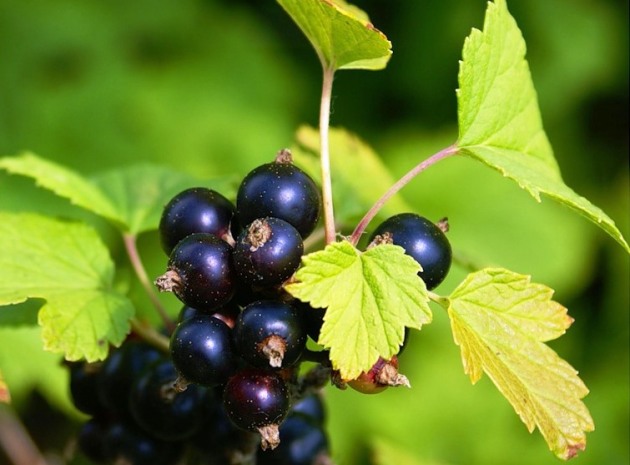
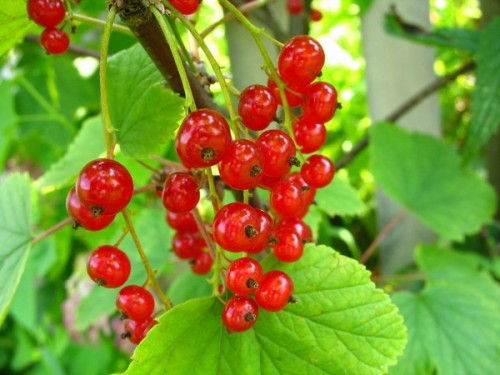
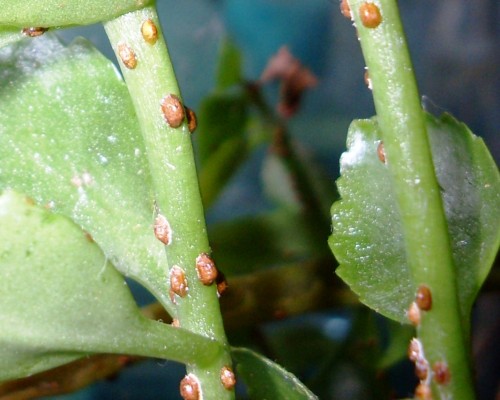
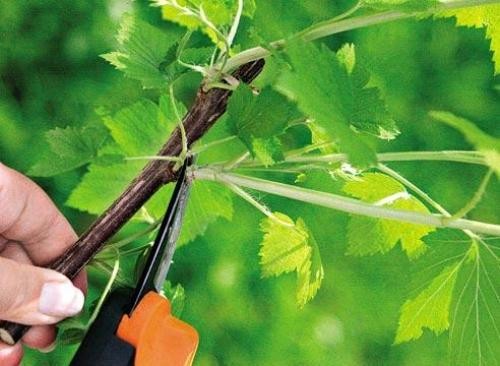

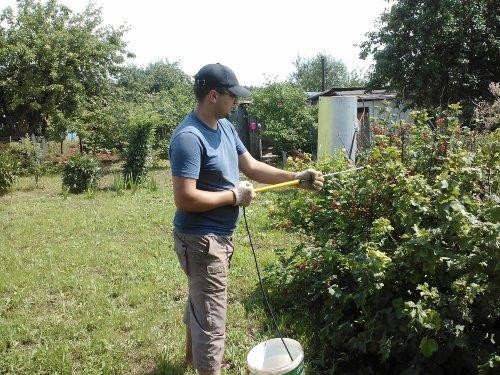
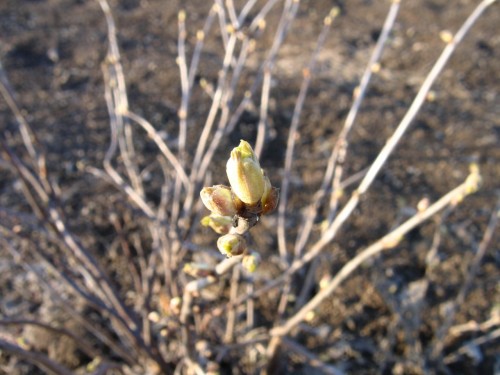
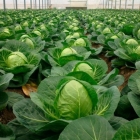
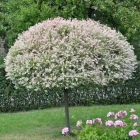
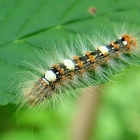
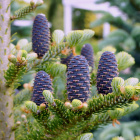
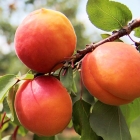
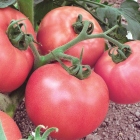
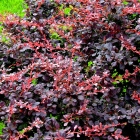

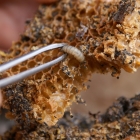

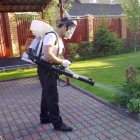
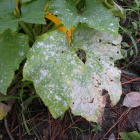
 Start a discussion ...
Start a discussion ...